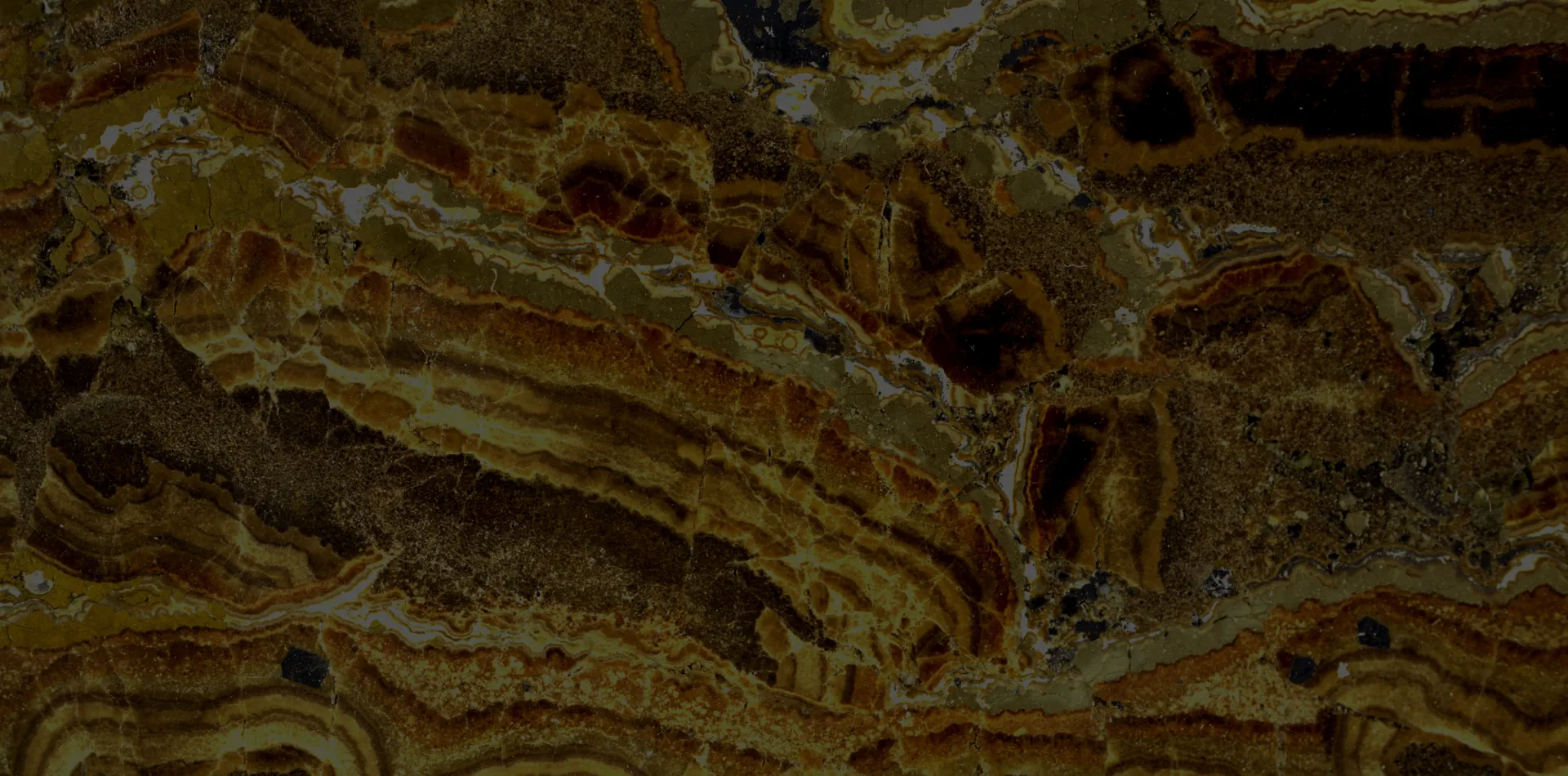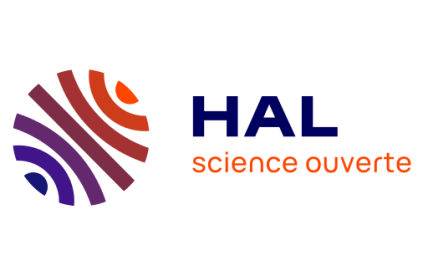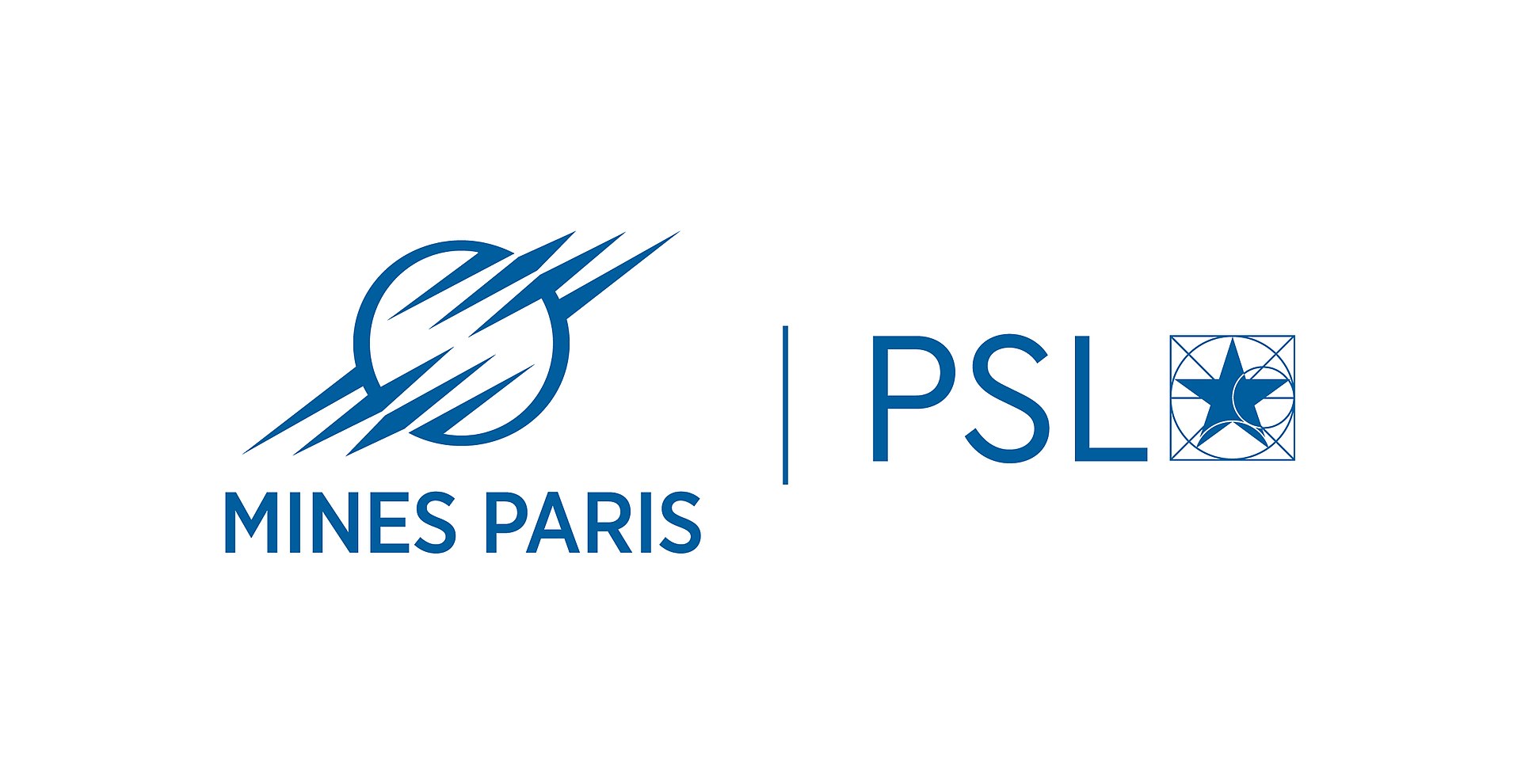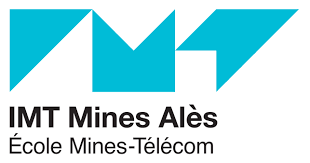Challenges
Scenarios" and "trajectories" are used by different groups of stakeholders (scientists, public decision-makers), particularly when considering adaptation to climate change. They are applied according to different time scales and different regional scopes, as well as by sector, to serve as input for public decision-making. The subsurface is used in these modelling exercises, particularly as a source of resources (mineral), energy (geothermal) or space (for storage or infrastructure development).
These scenarios are used in conjunction with other methods of anticipation, produced by other players, drawing on potentially different knowledge and conceptions of the future (whether legal knowledge, corporate investment decisions or the experience of citizens). They represent other ways of conceiving public action with respect to subsurface uses, which may be mutually compatible but are sometimes in conflict.
We need to look at how the future of the subsurface is constructed and characterise the knowledge and skills involved in order to take a critical, well-thought-out approach to these processes and enrich the public debate about the possible future of the subsurface.
This involves comparative empirical studies to first observe how the subsurface, which is inaccessible and complex, is modelled by different communities of experts. The next step is to see how the uses that can be made of it are envisaged in the future, positively or negatively, by public, social and economic stakeholders, which will lead to further modelling. Finally, we need to look at the actions that these expectations are leading to (economic investment, regulatory and legal framework, alternative proposals from the public, etc.).
This will enable us to explore the social and political dimensions of subsurface projections and to analyse their consequences for decision-making processes and democratic debate.
Objectives
The ANTICIP project is the first of 13 targeted projects in the priority exploratory research programme (PEPR - Programme et Equipements Prioritaires de Recherche) entitled “The Subsurface: a Common Good”.
It is structured around 3 strategic objectives:
- The first objective is to analyse the way stakeholders imagine future uses of the subsurface and the role it plays in the projections of regional and local authorities in their respective documents.
- The second aims to set up participative workshops with local stakeholders, using serious games to design scenarios for subsurface uses.
- The last objective is to understand, particularly through ethnographic studies, how future scenarios are constructed by scientific communities and other stakeholders. Cases of conflicts over subsurface use, will be studied and measures taken to generate interdisciplinary cooperation between geoscientists and researchers in the humanities and social sciences within the PEPR teams.
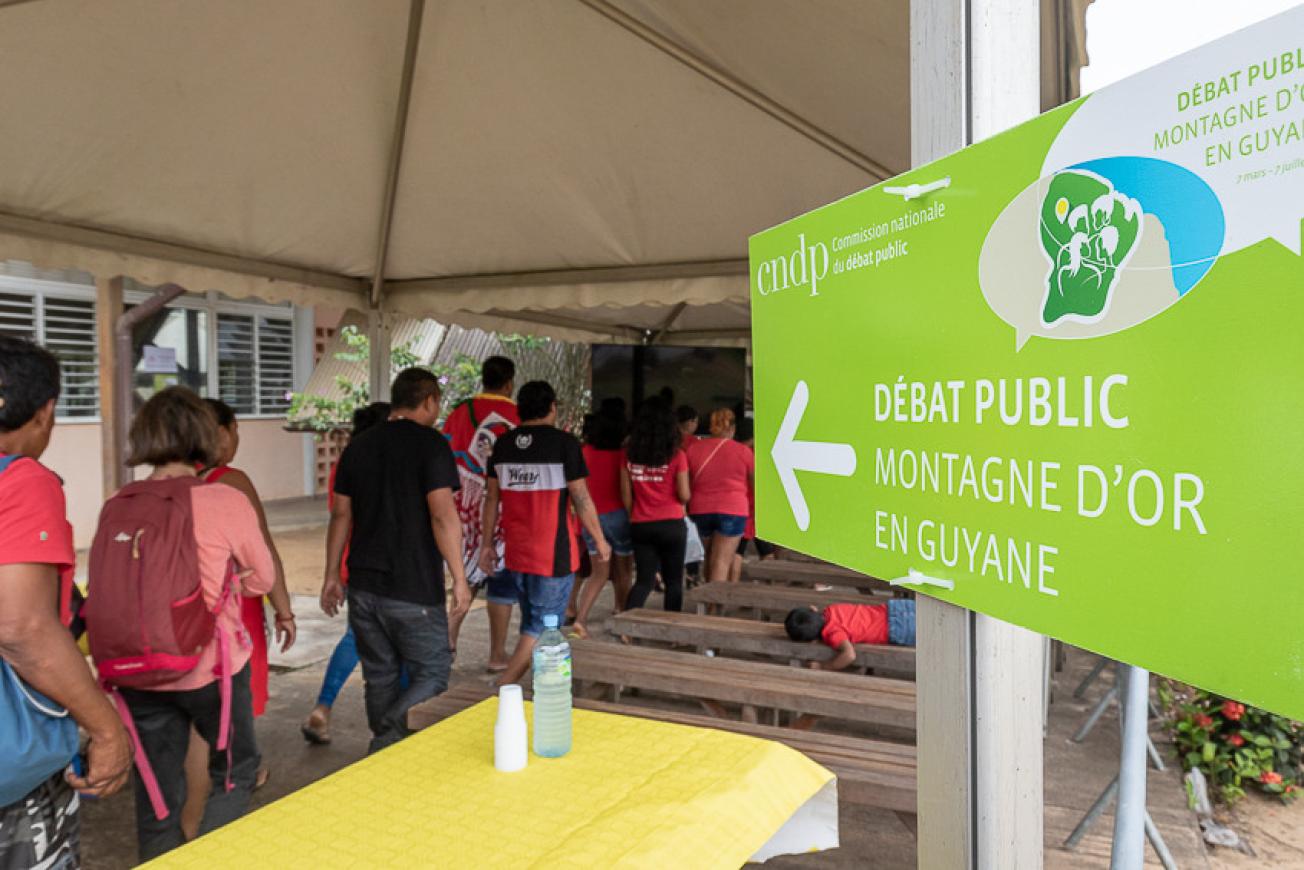
Réunion de débat public organisée par la CNDP au sujet du projet Montagne d’Or en Guyanne, le 25.04.18 à Awala Yalimapo
© CNDP
Expected results
The project will thus make it possible to:
- map and analyse the different epistemologies of subsurface modelling (the assumptions and theories on which the models are based, their conception of the subsurface and its uses), within the PEPR and beyond;
- highlight the blind spots in the models by exploring alternative types of anticipation from a variety of sources (knowledge among citizens, social movements, companies, etc.);
- promote interdisciplinarity (links between fields of academic knowledge) and transdisciplinarity (links between academic and local knowledge);
- enrich the sociology of science, economics and political geography on policies for constructing future uses, by critically evaluating the construction of models, their ability to provide reliable input for decision-making and to transform reality over time;
- contribute to the public debate on the subsurface as a common good.
Coordinator
Brice Laurent, Head Engineer for Mining, Mines ParisTech.
